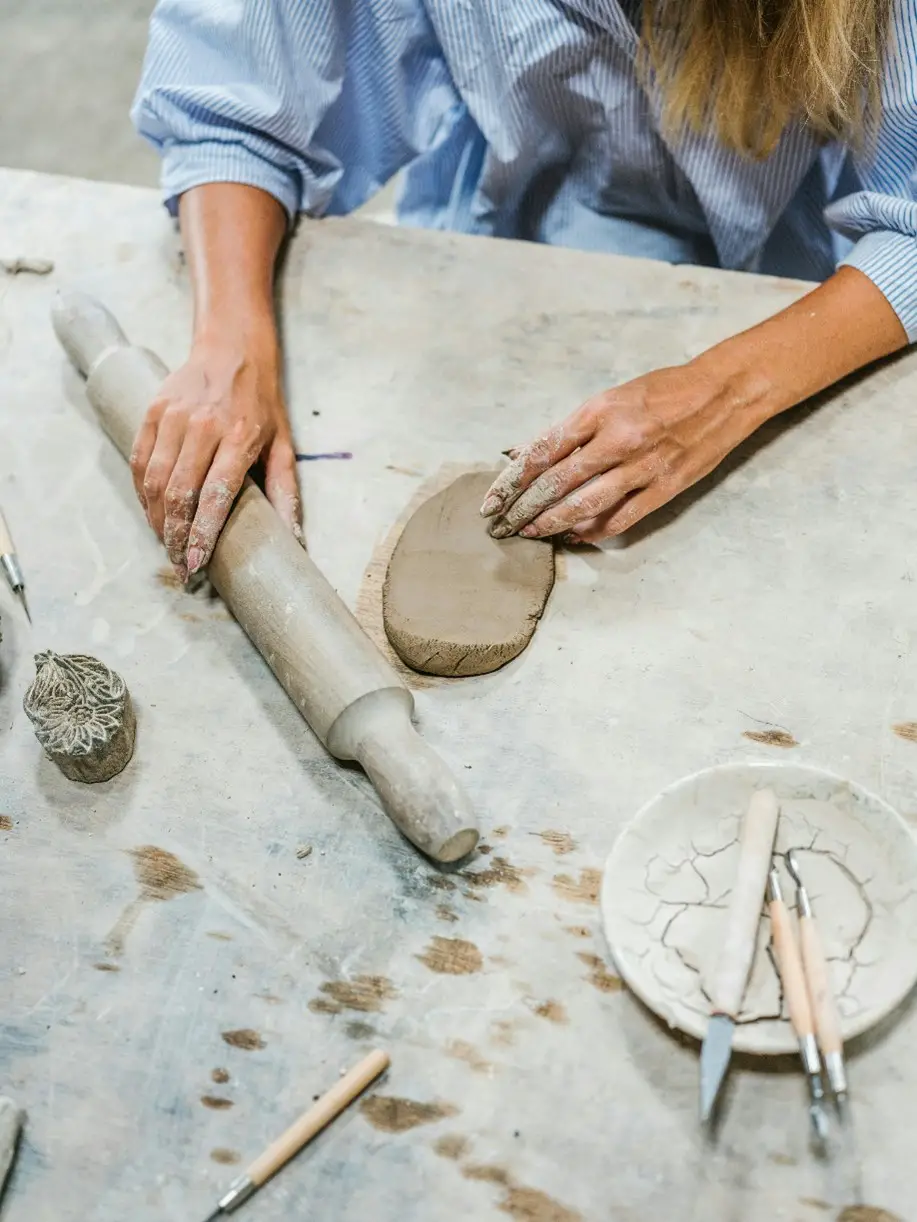Pottery is a timeless craft that requires you to give complete precision and attention. In the journey towards making flawless pieces, potters face all kinds of problems. One common problem that prevents artists from achieving that perfect piece is the formation of air bubbles. This article shall help you master the art of pinning with utmost excellence so you can be adept at eliminating air bubbles before firing through the proper employment of pins, using various pinning methods, and effectively pinning a piece to get that perfect finish.
Understanding the Techniques Behind Pinning to Remove Air Bubbles
Pinning is one of the most effective ways to remove air bubbles from a given pottery. You need to understand them properly and employ them carefully. Before delving into any other process, let us know the pinning technique.
Purpose of Pinning in Pottery Before Firing
The primary purpose behind pinning any piece of pottery is to eliminate air bubbles before firing. Using pins properly, pottery can ensure an even distribution of clay and remove any trapped air. It enhances the aesthetic appeal and structural integrity of the clay.
Use of Pins to Remove Air Bubbles
Pins are crucial tools that must be available at the potter’s disposal. They are used to pierce the clay, allowing trapped air to escape. This method creates a more uniform surface to work with and reduces any chances of imperfections during firing.
Ensuring Structural Integrity
Beyond the purpose of aesthetics, pinning helps with the structural integrity of the pottery. Potters reduce the likelihood of weaknesses or vulnerabilities in the clay by eliminating air bubbles, resulting in a more robust and durable finished product.
Different Pinning Methods Before Pottery Firing
There are specific pinning methods you can employ before you fire the pottery. These are important to maintain the stability of the clay and work in various ways based on the type of piece you are working on. Here are the top three methods you should know about:
1. Single-Pin Method
The single-pin method uses a pin or needle to pierce the clay strategically. It is helpful for smaller/ tinier pieces or delicate designs requiring accuracy. Potters must carefully insert the pin at various angles to target the areas prone to air entrapment.
2. Multi-Pin Techniques
For bigger pieces, multi-pin techniques are helpful. Potters can use multiple pins simultaneously to cover more surface area efficiently. This method gives you better control over the entire piece and ensures no section goes untouched.
3. Pin-and-Pull Methods
Pin-and-pull methods require you to insert a pin into the clay and gently pull them out. This technique helps create channels for air to escape, especially in denser or thicker sections of the pottery.
How Do You Pin a Piece of Pottery to Reduce Air Bubbles?
Now that you know all about how pinning works and the various methods it encompasses, you can move towards understanding the steps towards using it to reduce air bubbles in your pottery. Follow the given steps properly to grasp this concept:
- Prepare the Clay
Before pinning comes into play, you must prepare your clay well. Ensure that the clay is adequately wedged and kneaded to create a consistent medium of creation.
- Create Smooth Clay
Smooth clay means easy pinning later on. Make sure to pay attention to achieving a smooth texture and get rid of any irregularities you see in the piece. The Old Potters Mid Fire Pottery Clay is an excellent clay that ensures a smooth consistency, cutting much effort on your end so you can pin the piece easily without any extra effort.
- Pin During Hand Building or Wheel Throwing
Start pinning right from the shaping process, whether through hand building or wheel throwing. It will help the pins become an essential part of the design, and air bubbles will be eliminated sooner.
- Ensure Evenly Distributed Pins
To solve a problem and not add to it, make sure the distribution of the pins is even, sensible, and symmetrical. It shall help maintain the structure and, of course, get rid of bubbles.
Conclusion
The art of pinning is vital for a proper piece that boasts your creativity, not your shortcomings in your craft. The process of appropriate pinning mentioned above can help you create durable pottery ware free from air bubbles throughout.







